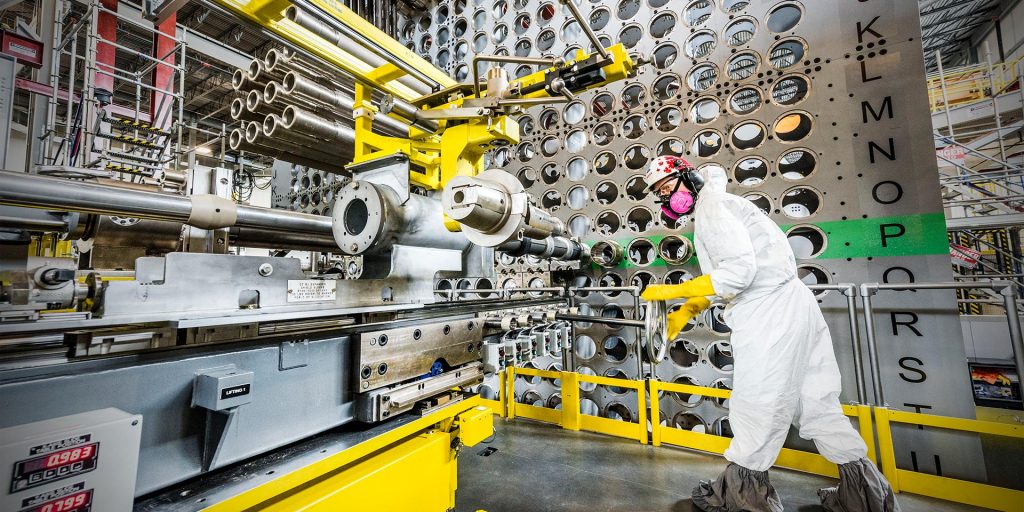A Canadian nuclear advocacy group is sounding the alarm: it’s time to scrap the U.S.-designed BWRX-300 small modular reactor (SMR) project at Darlington Generating Station and bring it back home—literally. With President Donald Trump’s trade war firing on all cylinders, Canadians for Nuclear Energy President Dr. Chris Keefer argues that banking on American tech for Canada’s power grid is a gamble we can’t afford.
“Trump’s ‘America First’ agenda is reshaping North America—why trust U.S. tech for our electricity lifeline?” Keefer told . He’s pushing to ditch the BWRX-300, a brainchild of U.S.-based GE Hitachi, and pivot to Canada’s homegrown CANDU reactors—proven, reliable, and free of foreign strings.
Once billed as the “next big thing,” the BWRX-300 made sense pre-trade-war, Keefer admits. Ontario Power Generation (OPG) greenlit four SMRs at Darlington, eyeing a global export boom and a juicy slice of the supply-chain pie. But with Trump slapping 50% tariffs on Canadian steel and aluminum—and threatening more—Keefer calls that dream a “mirage.” “This is U.S. intellectual property under American export controls. We’re kidding ourselves if we think we’ll call the shots—or cash in—on the world stage.”
Keefer’s beef isn’t just economic. The BWRX-300 runs on enriched uranium, sourced solely from the U.S., locking Canada into a dependency spiral at a time when Trump’s openly plotting to swipe industries—like autos—to Detroit. “He’s not stopping at cars. Nuclear’s next,” Keefer warns. “We’re handing over energy sovereignty on a silver platter.”
History backs him up, he says. For 70 years, nuclear’s gone big—think 1,000-megawatt giants—for cost savings. SMRs? Pricey per megawatt, says the U.S. Department of Energy. Bruce Power, running the planet’s largest nuclear plant, hasn’t touched SMRs. With Ontario’s power demand set to surge 75% by 2050, Keefer fears Darlington’s SMRs could become a “stranded asset”—a costly experiment no one wants to copy.
OPG and GE Hitachi have hustled to lock in Canadian suppliers for the first unit, a feat Keefer calls “admirable.” But he’s skeptical it’ll last. “The U.S. will muscle in, favoring their own for future builds. Ontario’s just a branch plant in this game.”
Contrast that with CANDU: Canadian-owned, fueled domestically, and a track record of on-budget megaprojects—like Darlington’s recent refurbishments. “We’ve got zero experience with this U.S. tech,” Keefer says. “Assuming we’ll nail a first-of-its-kind build is a leap too far.”
His fix? Cancel the BWRX-300 and double down on CANDU. “This was shaky before the trade war. Now? It’s a no-brainer. We can’t risk overpaying for a reactor we don’t control, can’t export, and might not even need.”
As Trump’s tariffs bite and tensions climb, Keefer’s plea is stark: Canada’s power future shouldn’t hinge on an American roll of the dice.

